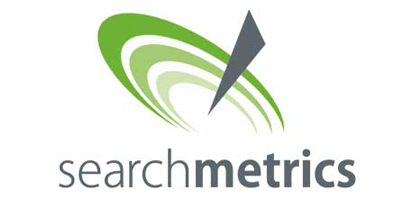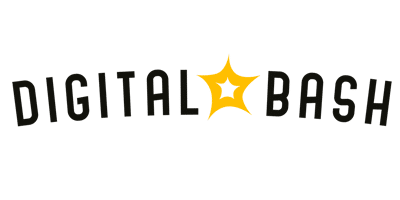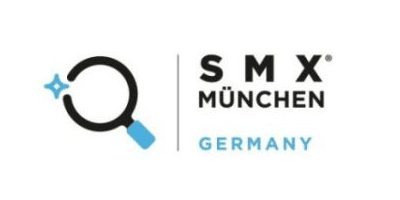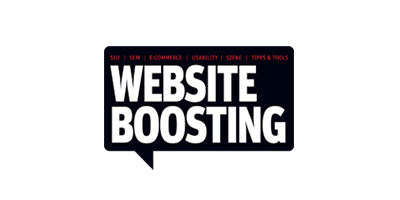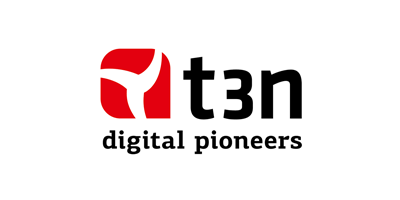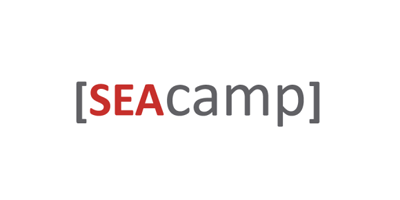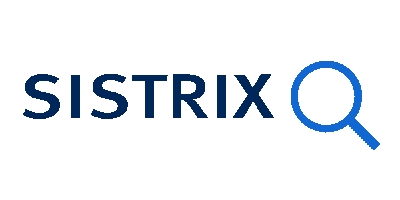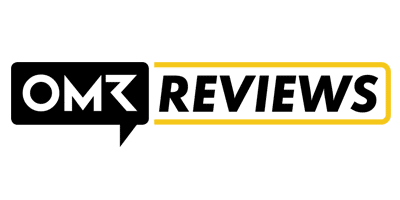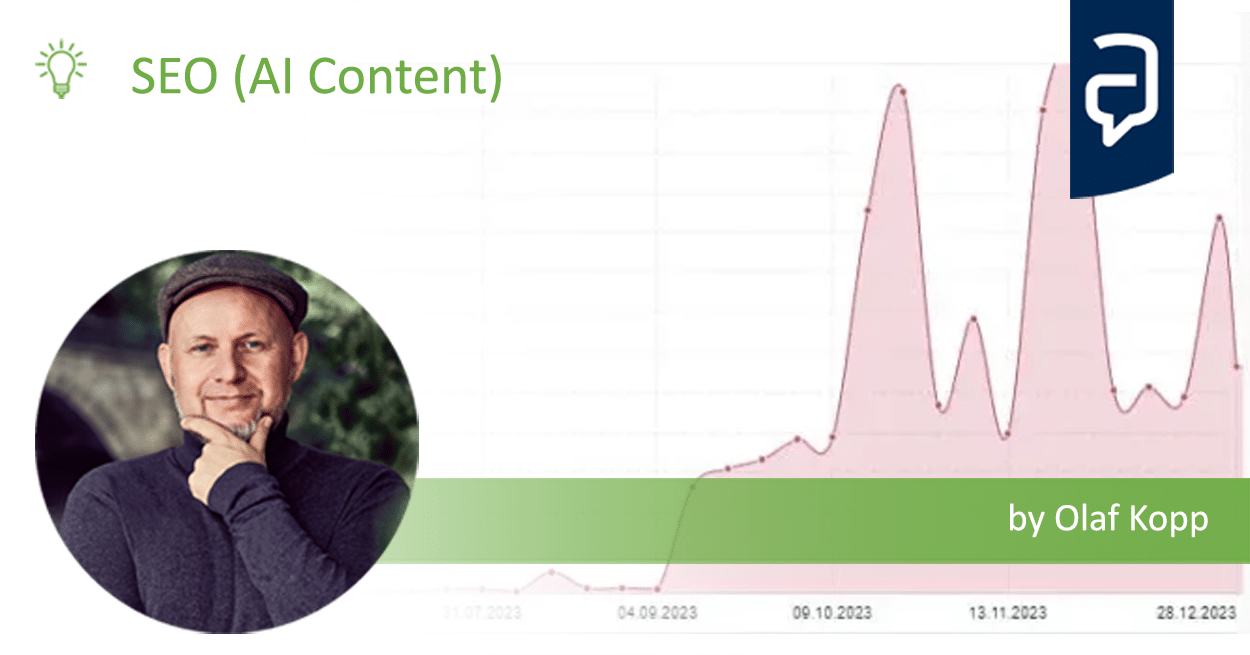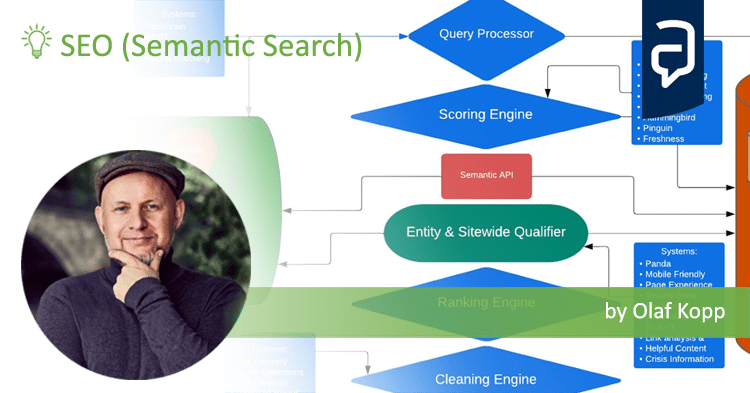What is the Google Shopping Graph and how does it work?
The Google Shopping Graph is an advanced, dynamic data structure developed by Google to enhance the online shopping experience. It integrates a vast amount of product information from various sources, including websites, reviews, inventory lists, and prices, to provide users with up-to-date and comprehensive information about products they search for online.
The Google Shopping Graph is the equivalent of the Knowledge Graph just for products.
Contents
How does the Google shopping graph work?
Here’s how the Google Shopping Graph works:
- Integration of Diverse Data Sources: Google collects product information from a wide range of merchants, brands, and other sources. This includes product details, prices, availability, reviews, and seller information.
- Dynamic Updating: The Shopping Graph is updated in real-time to reflect the latest information on price changes, stock levels, and new product reviews. This means users have access to the most current information when making decisions about their online purchases.
- Personalization and Recommendations: Based on search queries and user behavior, the Google Shopping Graph can deliver personalized product suggestions and deals. It can identify what users are searching for or need and present them with relevant products that match their interests.
- Integration into Google Services: The Shopping Graph is deeply integrated into other Google services, including Google Search and Google Shopping. This allows users to search for products directly through Google, make price comparisons, and complete purchases without leaving the platform.
- Support for Merchants and Brands: The Google Shopping Graph offers merchants and brands enhanced opportunities to showcase their products and connect with potential customers. By providing accurate and up-to-date product information, they can increase their visibility and improve sales opportunities.
Google’s Shopping Graph is the counterpart to the Knowledge Graph.

Product data and their relationships are organized in nodes and edges, where the nodes, the respective product entities and the edges represent the relationships to each other.
In summary, the Google Shopping Graph offers a powerful platform that helps users efficiently find and compare products, while simultaneously supporting merchants and brands in showcasing their offerings. By leveraging advanced technologies and integrating extensive data sources, it contributes to optimizing the online shopping experience for all parties involved.
What are the data sources for the Google shopping graph?
According to Google’s statements, possible sources are:
- Youtube videos
- Manufacturer Websites
- Online shops and product detail pages (PDPs)
- Google Merchant Center
- Product tests
- Product reviews

For me the most important ressources are the merchant center and the structured and unstructured info on product detail pages. There should be the main focus for optimizing for the shopping graph.
Why the shopping graph should be the focus spot for ecommerce SEO?
The introduction of SGE rolls out a new era for e-commerce SEO.
“That’s because this new generative AI shopping experience is built on Google’s Shopping Graph, which has more than 35 billion product listings — making it the world’s most comprehensive dataset of constantly-changing products, sellers, brands, reviews and inventory out there.” Source: https://blog.google/products/shopping/shopping-graph-explained/
This switch puts the optimization of the shopping graph into the focus of e-commerce SEO.
- The dimensions of the Google ranking - 25. April 2024
- Interesting Google patents for search and SEO in 2024 - 3. April 2024
- What is the Google Shopping Graph and how does it work? - 27. February 2024
- “Google doesn’t like AI content!” Myth or truth? - 19. February 2024
- Most interesting Google Patents for semantic search - 12. February 2024
- How does Google search (ranking) may be working today - 4. February 2024
- Success factors for user centricity in companies - 28. January 2024
- Social media has become one of the most important gatekeepers for content - 28. January 2024
- E-E-A-T: Google ressources, patents and scientific papers - 24. January 2024
- Patents and research papers for deep learning & ranking by Marc Najork - 21. January 2024


